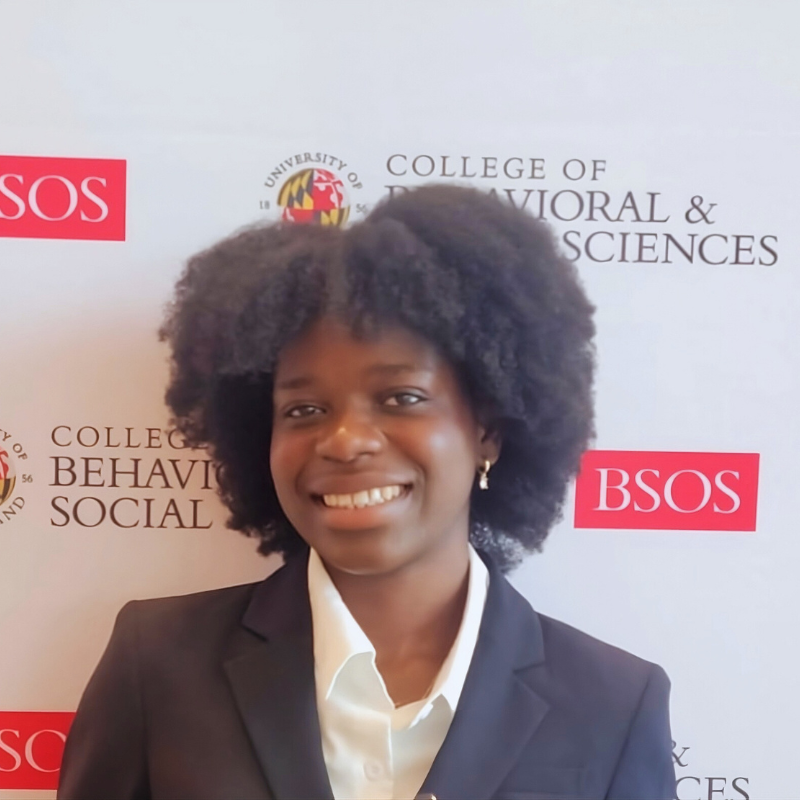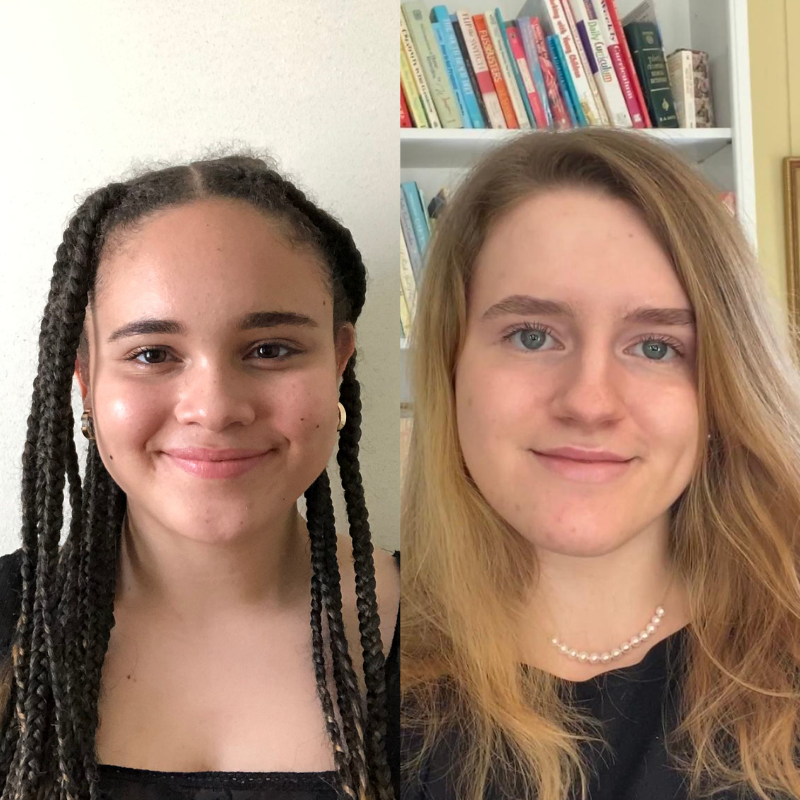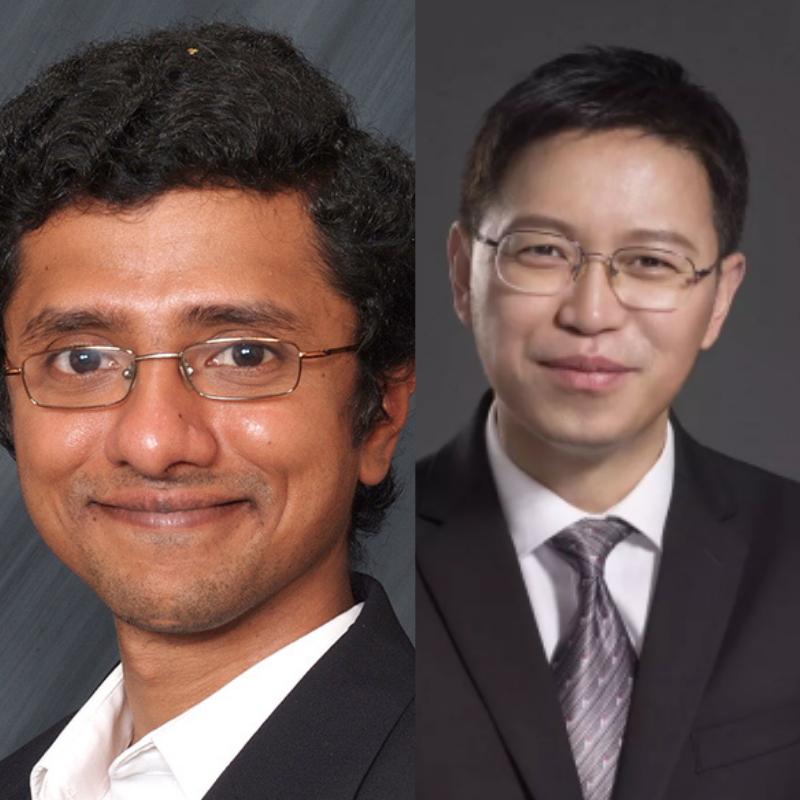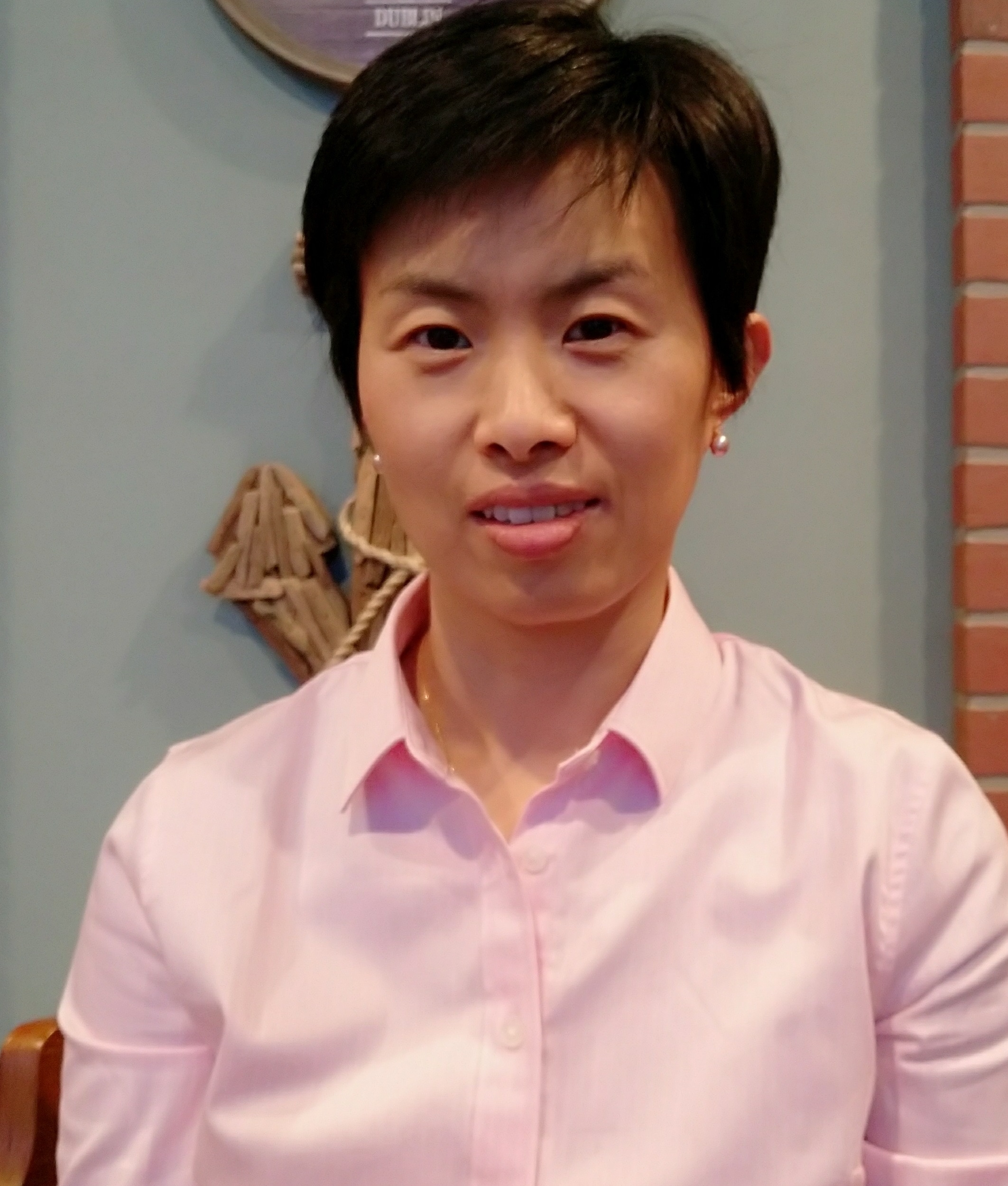News Story
Article by Davis’s Research Group chosen as Editor's Pick from OSA's Applied Optics
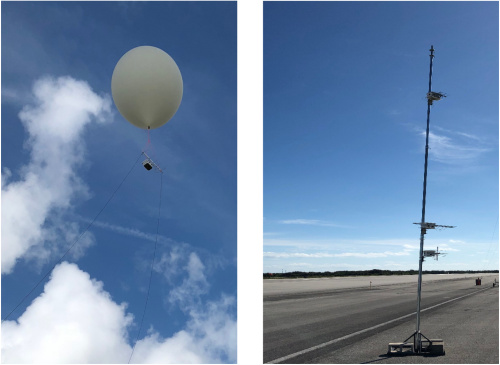
Experimental setup of the RTD system under a weather balloon (left) and on a telescoping mast (right).
A research report led by Electrical and Computer Engineering (ECE) Professor Chris Davis and Visiting Research Scientist Miranda Van Iersel has been published in The Optical Society's Applied Optics journal. In addition, the manuscript, entitled "Measuring the turbulence profile in the lower atmospheric boundary layer,” has been highlighted as an Editor's Pick. Editor's Picks serve to highlight articles with excellent scientific quality and are representative of the work taking place in a specific field.
The research team consists of members from the University of Maryland’s ECE and Aerospace Departments, the University of Central Florida, and with the help of the UMD UAS Test Site in Southern Maryland and the St. Mary’s County Airport.
When a laser beam (or other light ray) travels through the atmosphere, it becomes distorted by atmospheric effects like refraction, scintillation, and atmospheric turbulence. In free space optics and directed energy applications, these laser beams quite often propagate along a slant or vertical path. The researchers measured the temperature fluctuations in the first few meters above ground level using a system containing eight resistance thermometer devices, mounted in a row at different spacings. Measurements were made flying this system under a tethered balloon or mounted on a telescoping mast. The temperature structure function parameter, can be estimated from the temperature fluctuations measured by the 28 different probe pairs and the unique distances between the two probes. The refractive index structure function parameter Cn2 can be calculated from this, which tells us how strong the atmospheric turbulence is. The measurements showed, as one would expect, an increase in temperature with a decrease in height. However, an increase in Cn2 with a decrease in height is not always shown, most likely due to boundary effects near the ground.
More about their analysis can be read here.
Authors of the paper include University of Maryland’s Miranda van Iersel, Daniel A. Paulson, Chensheng Wu, Nathaniel A. Ferlic, John R. Rzasa, Christopher C. Davis, Michael Walker, and Mary Bowden, and Jonathan Spychalsky and Franklin Titus of the University of Central Florida.
Published September 11, 2019

